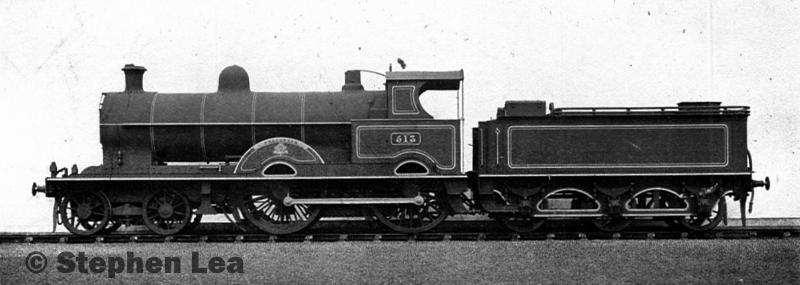In 1920, when bus services were only just beginning to operate, most journeys between Sutton Coldfield and Birmingham were made by railway train. There were two railway companies offering passenger services, the London and North Western Railway with its branch line from Aston to Lichfield and the Midland Railway with a line from Castle Bromwich through Sutton Park to Walsall. An account of the LNWR service in 1920, first published in 1921, has recently been added to the “Warwickshire Railways” website.
There were a few express trains running between Birmingham and Lichfield, Burton, or Derby, with Sutton as the first stop. Before World War I there had been six of these each way, but by 1920 this had been reduced to four down (i.e. towards Lichfield) and two up. (nowadays the down trains terminate at Lichfield Trent Valley, as the continuation of the line to Burton is no longer used for passenger trains).
Semi-fast trains were non-stop to Gravelly Hill, then all stations to Four Oaks. “In 1914, there were six down and five up, now (1921) there are three down and four up”. These trains ran at the rush hour, and usually consisted of twelve coaches. The writer mentions the 6.15 p.m. as a particularly heavy train, with a load of 350 tons - “These were the trains that the little Webb 0-6-2 tanks started from rest up a gradient of 1 in 95 day after day, night after night, in all weathers, simply as a matter of course!”
Stopping trains, calling at all the stations, were the most numerous, there were twenty each way on weekdays (none on Sundays) in 1920, scheduled to complete the journey between Four Oaks and Birmingham in 33 minutes; today eighty trains each way take 22 minutes. All the locomotives used were tank engines, the extra weight of the spare water tanks being directly over the driving wheels, giving good traction when starting off uphill from a station in wet weather. Sometimes, however, the semi-fast trains were hauled by a tender engine.
One wet night the 6.15 p.m. from New Street was pulled by a tender engine of the “Precursor” class named “Napoleon.” Slipping badly on the bank from Aston to Gravelly Hill, Napoleon “stalled, and the train remained standing for forty minutes until a light engine came up from Aston and shoved us into Gravelly Hill Station from the back” (There was less weight over the driving wheels as the water tank was in the tender). “Napoleon” was defeated again by the gradient up to Four Oaks, but made it after several stops and starts, well over an hour late, throwing the rest of the timetable into chaos.
